Brewing technology

Grain bill: 100% oak-smoked wheat malt
Water:
Hard, 25-29 °n, pH 5,5
Ion content:
160 ppm SO42-
120 ppm Ca2+
70 ppm Cl–
32 ppm Mg2+
35 ppm Na+
High magnesium and calcium concentrations aid proper enzymatic activity during mashing and clarification of the finished beer, higher sulfate to chloride ratio emphasizes the hop character and smoky notes.
Mashing steps:
• 30 min at 38°C
• 45-60 min at 52°C – necessary to loosen the malt, facilitating filtration and later beer clarification
• 20 min at 63°C
• 20 min at 70°C
• Heating to 78°C

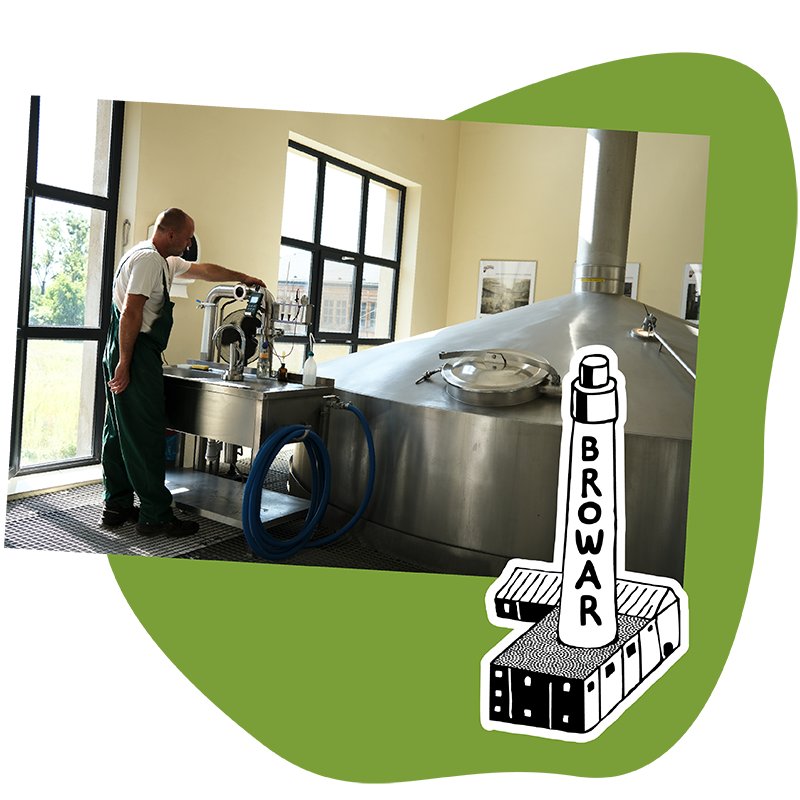
Filtration of the wort with the help of oat or rice husks, historically hop cones or even hay were used. Husks addition: 10% of grain weight.
Boiling for a minimum of 60 minutes until a minimum of 4% evaporation is achieved. Hopping with Tomyski or Lubelski hops to reach 20-30 IBU in the finished beer. 70-80% of the hop dose at the beginning of the boil, with the rest added before knockout, taking into account the slow isomerization of alpha acids still ongoing in the whirlpool. Due to microbial stability, replacing at least part of bittering hops by aged, high beta-acid hops is recommended. Target pH before boil: not higher than 5,4, after boil: 5,2.
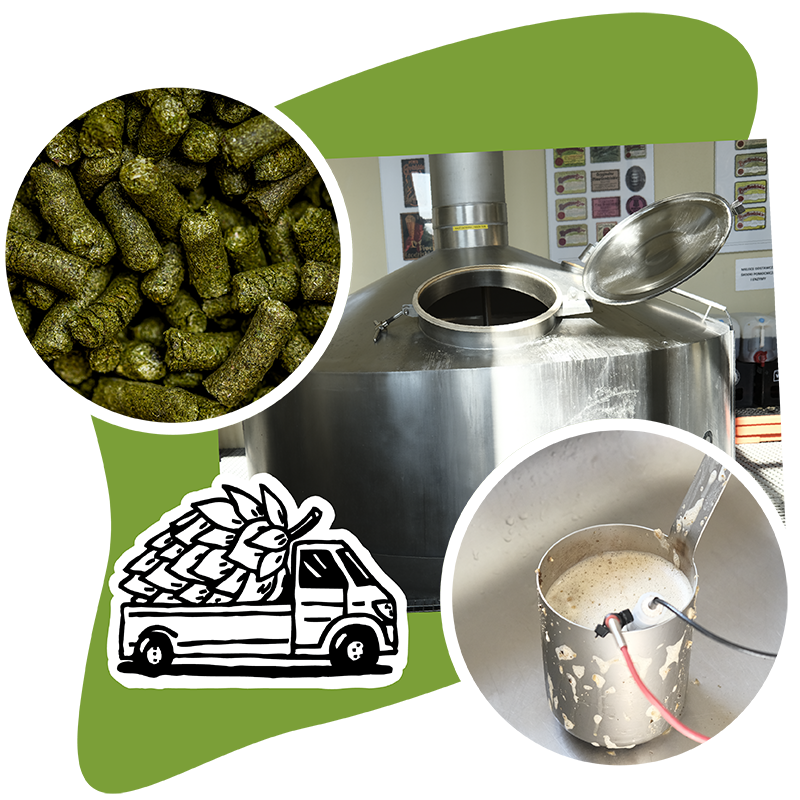

Fermentation and maturation: Using Grodzisk yeast strain, set the initial temperature to 12°C, allowing it to rise to 15°C on the second or third day of fermentation. Cold hopping with Tomyski hops is possible, but be cautious about the “hop-creep” effect, especially if planning bottle refermentation. After cooling and collecting yeast, mature for a minimum of 3 weeks.
Bottle refermentation: Historically, beer clarification in bottles used isinglass or gelatin, but these methods are not necessary when using a centrifuge for yeast separation at the end of maturation and precise dosing of a new yeast batch along with the priming sugar for refermentation. Refermentation for 3 weeks at a warm temperature (20-23°C), with daily measurements of carbonation and beer parameters. If bottle refermentation is not possible, aim for highest possible force carbonation, preferably above 6 g/l.
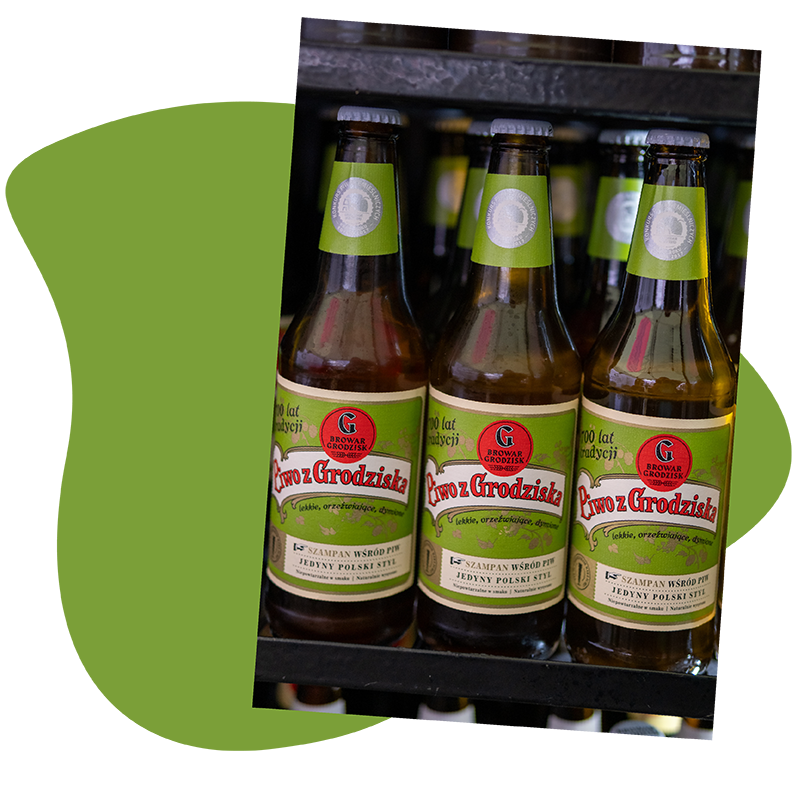
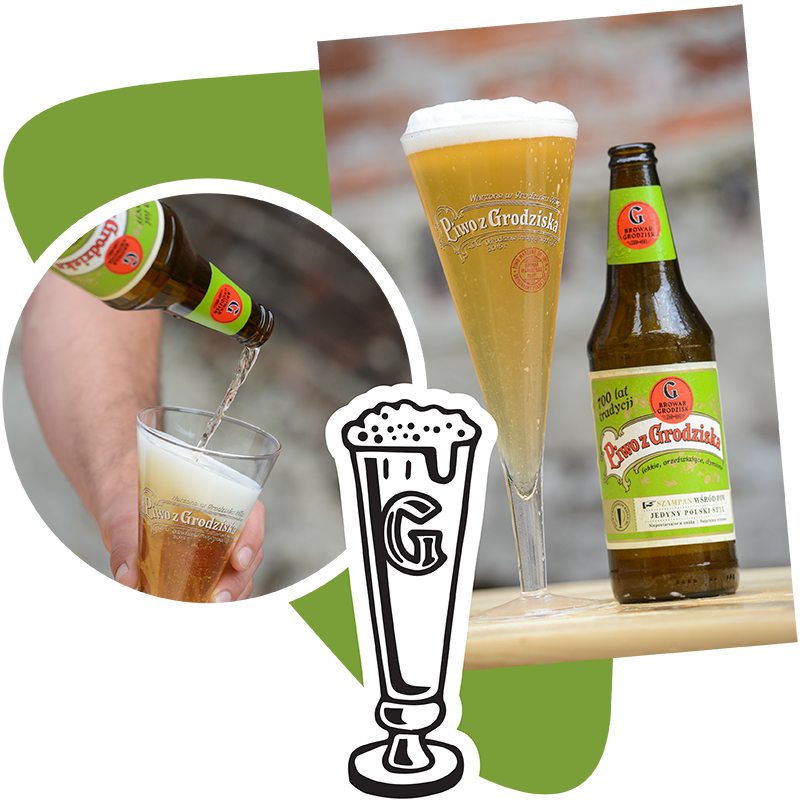
Finished beer parameters:
7.7° Plato
3.1% ABV
pH 4.0
Color 4.5 EBC
Carbonation 8 g/L
Paweł Piłat's Hop Yard
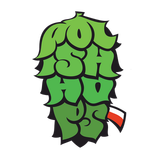
Polish Hops:
The most creative hop farmer in Poland, thanks to Paweł Piłat, we managed to revive the noble Tomyski hops, once used for Grodzisk beer.
Sladowna Bruntal:
A craft floor malting from the Czech Republic. Pavel Vavřík is a recognized supplier of smoked malts. Together with him, we translated the historical wheat malt recipe and oak-smoke drying to the currently available grains.
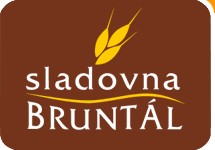
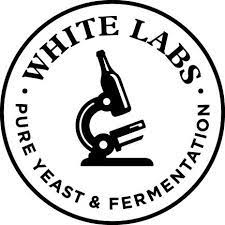
White Labs:
The most renowned supplier of liquid yeast in the world, combining science with biotechnology and education. Since 1995, they have been propagating yeast and bacteria for the fermentation industry, as well as analyzing and preserving yeast strains provided by their customers. Thanks to them, we will soon learn more about grodziskie yeast and make the strain available to all interested brewers.
Malt House Bruntal
Wheat malt dried with oak wood smoke from the Czech Malt House Bruntal.
Piwo Grodziskie couldn’t exist without it.

